One of the best book stores in the world. It preserves the elegance of the former Gran Splendid theater and cinema, which opened in 1919 hosting ballet, opera, and stage plays. It was converted into a bookstore in the year 2000, beautifully preserving the original decoration. Enjoy the cafe bar all the way in the back on what used to be the stage area of the theater.
CULTURAL SIGHTS
Our location could not be any better. Our building is in the most elegant neighborhood in the city, Recoleta. Our location is a close distance to many attractions as well as public transportation.
A GLIMPSE INTO PORTEÑO'S PAST
EL ATENEO GRAND SPLENDID
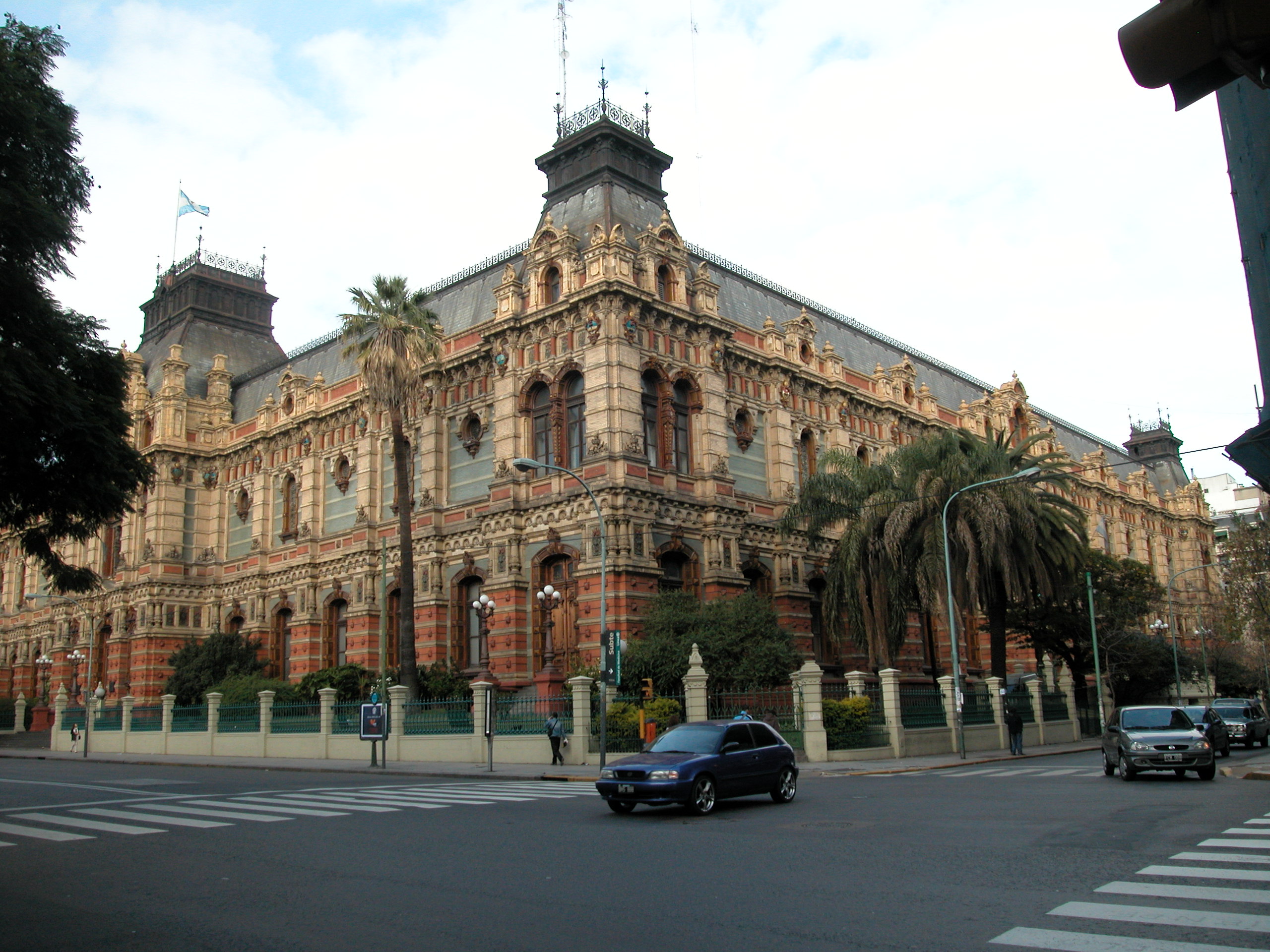
THE PALACE OF FLOWING WATERS
Designed as a fresh water pumping station in 1877, this French renaissance palace is beautifully covered in multi-color terra cotta tiles imported from Britain. Its extravagant outside was meant to highlight the forward thinking and progress of its internal structure and purpose; effectively supplying 72,000 tons of drinking water to its citizens.
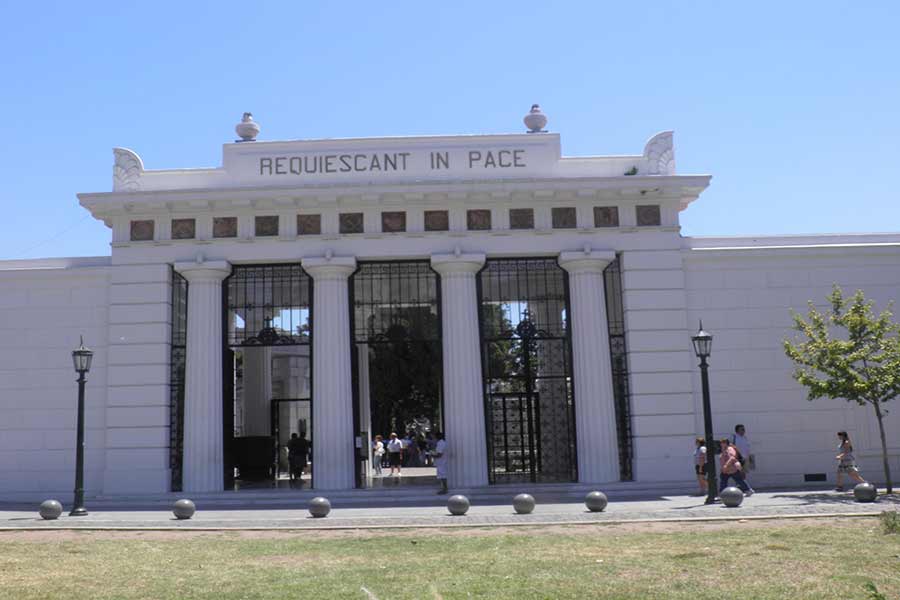
RECOLETA CEMETERY
The city’s first public cemetery, where some of Argentina’s most celebrated families rest. It is an eerily beautiful and tranquil place, with open walkways and towering marble mausoleums reaching as far down as 5 stories into the ground, ordained in art deco, art nouveau, baroque and neo-gothic architectural styles.
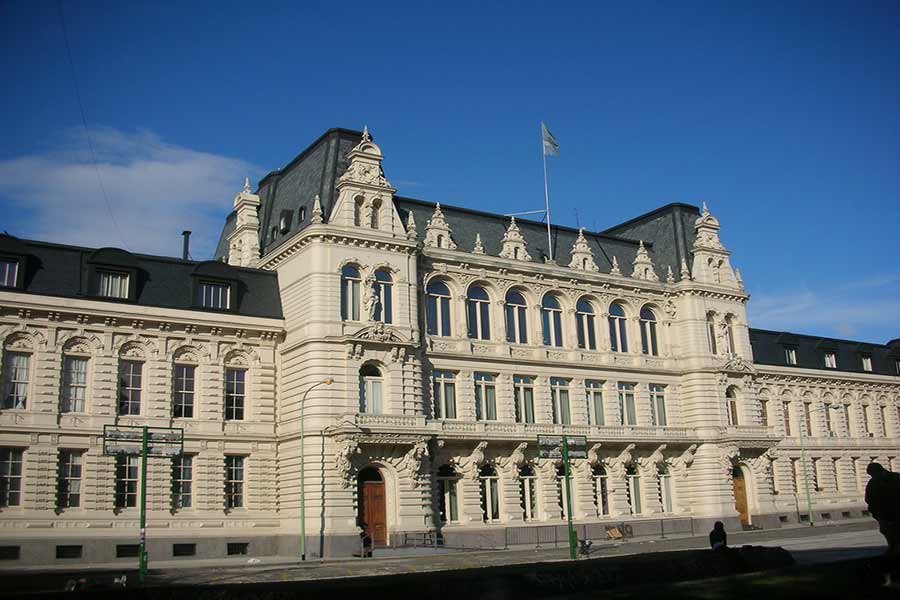
PALACIO PIZZURNO
The Sarmiento Palace, better known as Pizzurno Palace, so called popularly because of the street on which it resides, is a National Historic Monument of Argentina. It is the headquarters of the Ministry of Education’s Office and of the National Teachers’ Library. Both the street and the palace are named after the educator Pablo Pizzurno.
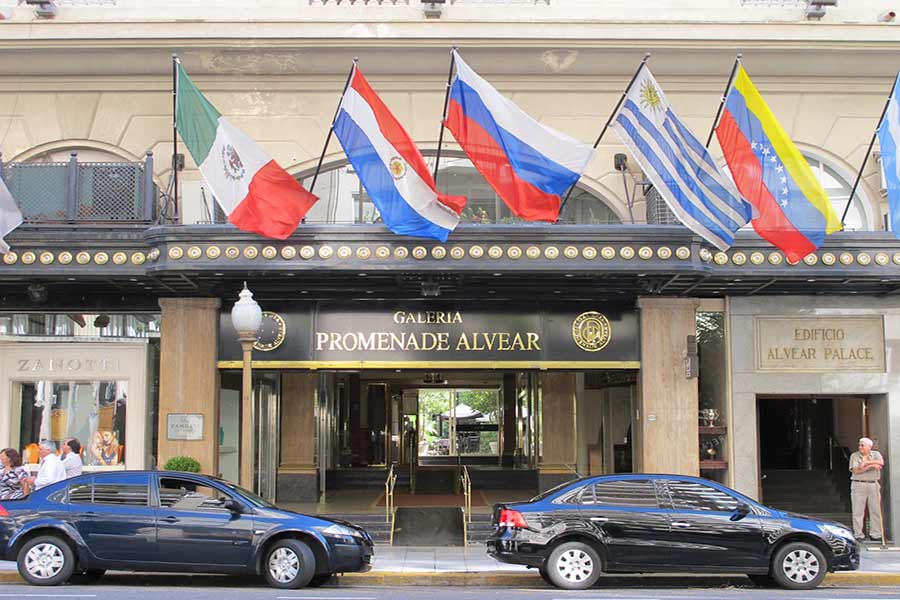
ALVEAR AVENUE
Originally called Bella Vista, several aristocratic residences and high end stores are erected on this street. These buildings display the direct influence of French architecture and give the Avenue a Parisian air, making it the most elegant Avenue in the entire country.
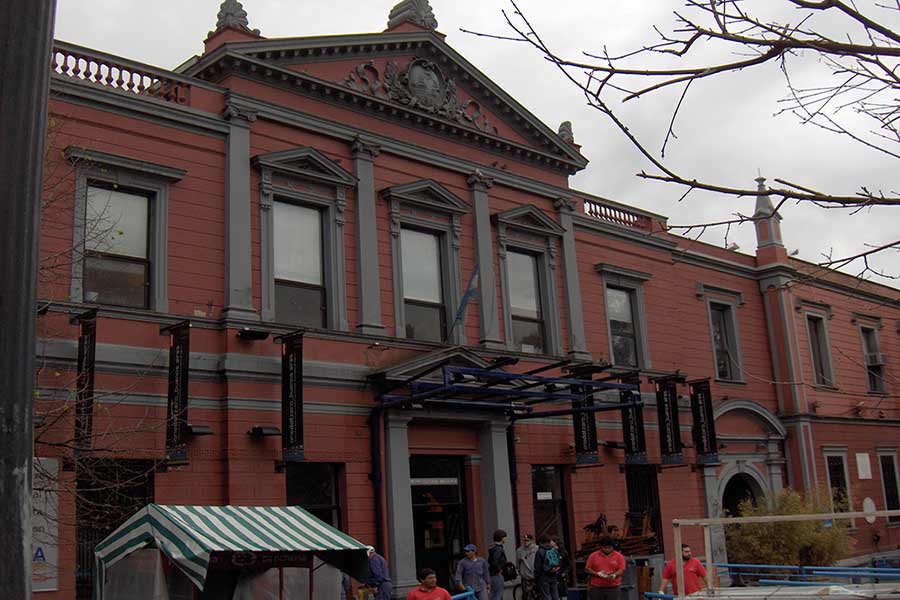
RECOLETA CULTURAL CENTER
Built in 1732, this building was originally the convent of the Recoleta monks. It later served as a hospital, as military barracks, as a refuge for the homeless, and as an elderly persons’ home. It was finally transformed into a cultural center at the end of the 1970s. The center is used for art exhibitions, concerts, theater performances and other events.
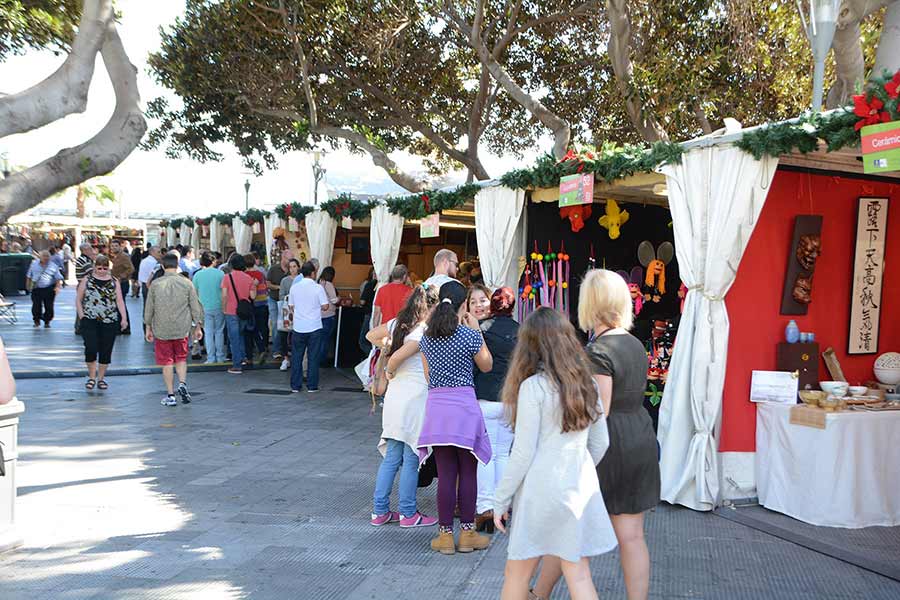
RECOLETA MARKET
Located in the expansive green space of Plaza Francia, the fair has several stalls selling design and cultural pieces from local artisans. There are many places to eat in the surrounding area. This is a perfect way to spend several hours on a lazy Saturday or Sunday.
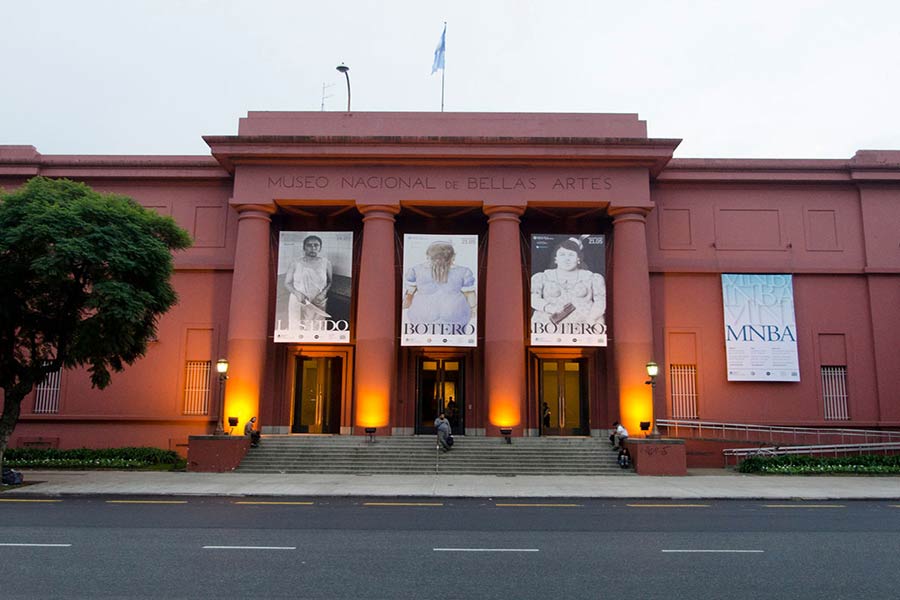
NATIONAL MUSEUM OF FINE ARTS
It houses one of the best art collections in Latin America, and the biggest collection of Argentine art. Inaugurated in 1896, it moved to its current site – formerly a water works and pump house – in 1933. Part of the Museum Mile, it’s permanent collection includes works by El Greco, Goya, Rodin, Rembrandt, Rubens, Renoir, Degas, Cézanne, Chagall and Picasso.
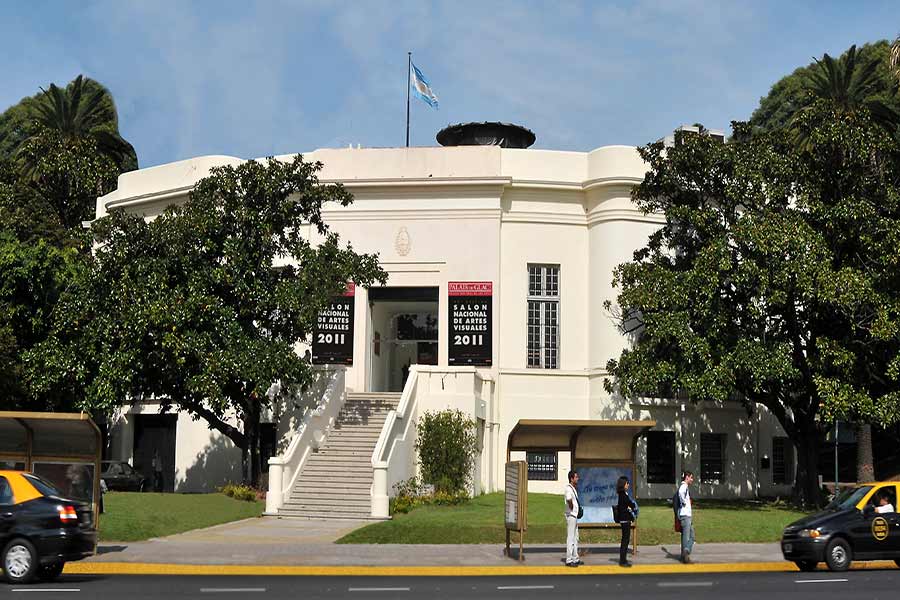
PALAIS DE GLACE
Inaugurated in 1910, this stunning gallery was originally built to house an ice rink. It later served as a dance hall, before being transformed into an exhibition center in 1931. The space has its own collection of around 1,000 works, as well as a library. Guided tours are offered.
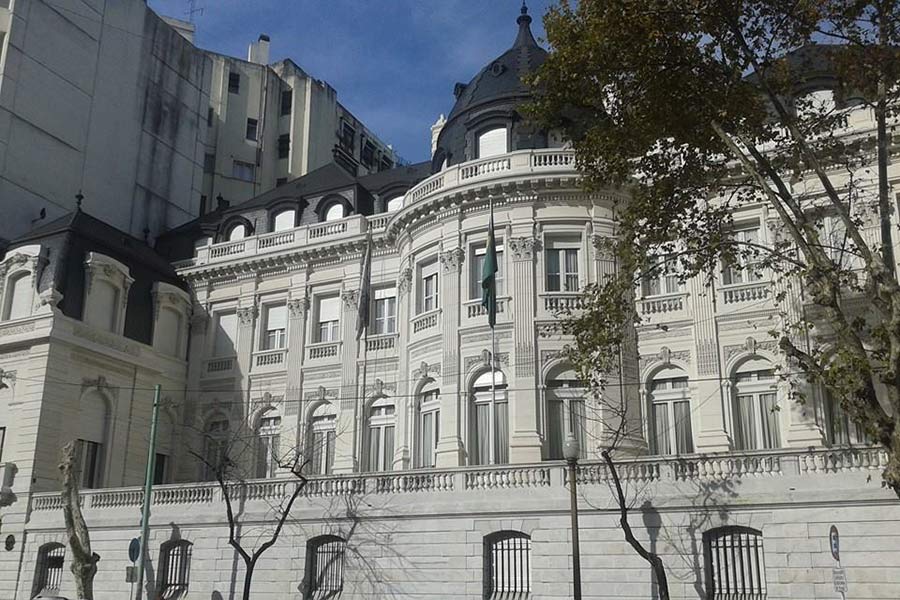
PEREDA PALACE
This palace is today the Embassy of Brazil, but it used to be the place where the Pereda family lived in Buenos Aires. It was inspired by a very famous museum in France called Jacquemart André. This is one of many beautiful French style palaces and buildings that you will find in Buenos Aires.
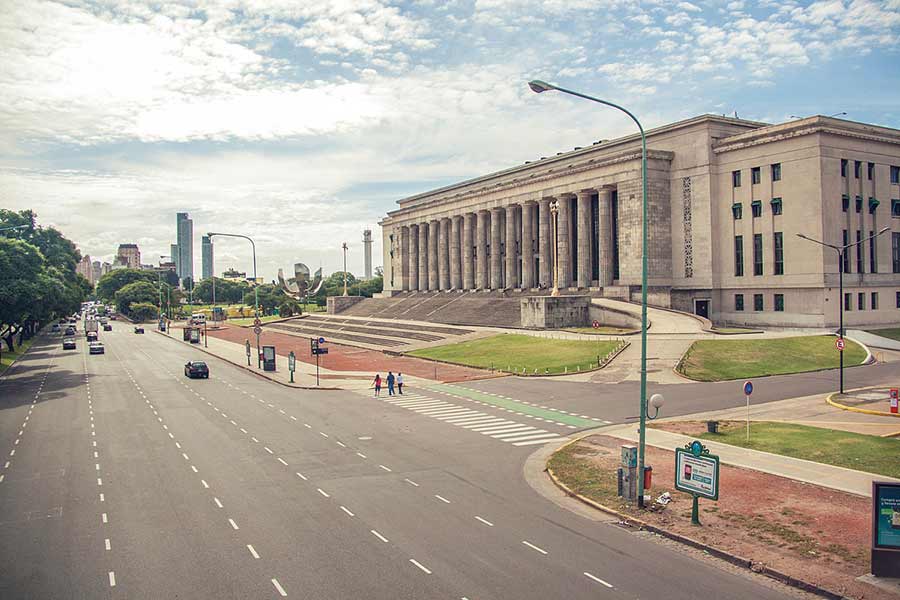
THE LAW SCHOOL BUILDING
Dating from 1949, this building was inspired by pure Doric style, with no decoration other than its own monumental structure. It occupies an area of 40,000 m2 distributed in ground floor, main floor and two upper floors, and features a museum, an art gallery and a specialized library.

FLORALIS GENÉRICA
This 65-foot-high, 18-ton sculpture was named in hommage to all flowers. Its creator, Argentine architect Eduardo Catalano, dreamed of creating a sculpture that would reflect the dynamism of time. The six steel petals open at 8am each morning, and close at sunset, when the centre of the sculpture emanates a red glow.
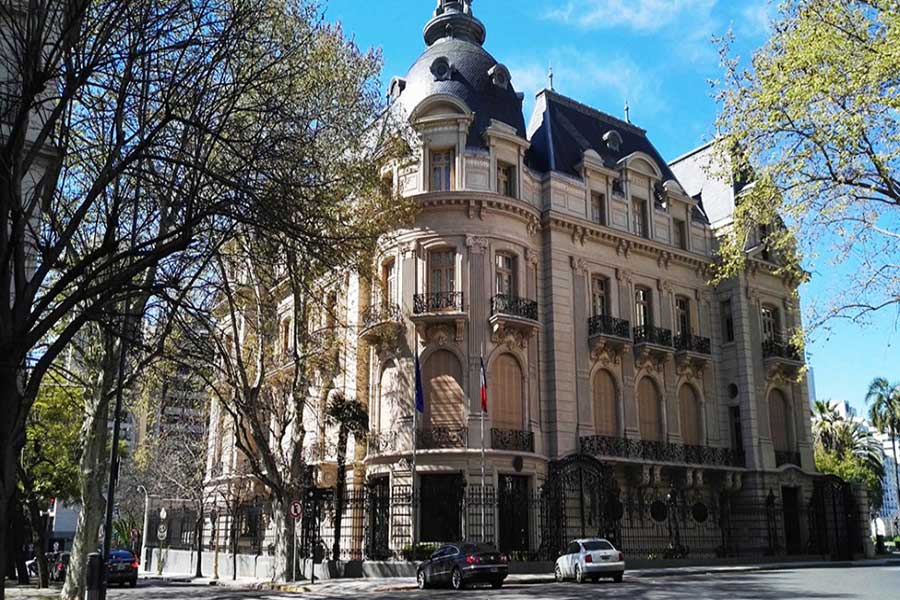
ORTIZ BASUALDO PALACE
A beautiful expression of the Beaux Arts architecture. Designed in 1912 by French architect Paul Pater, it is home to the French Embassy in Buenos Aires since 1939. It also served as official residence of the Prince of Wales.





